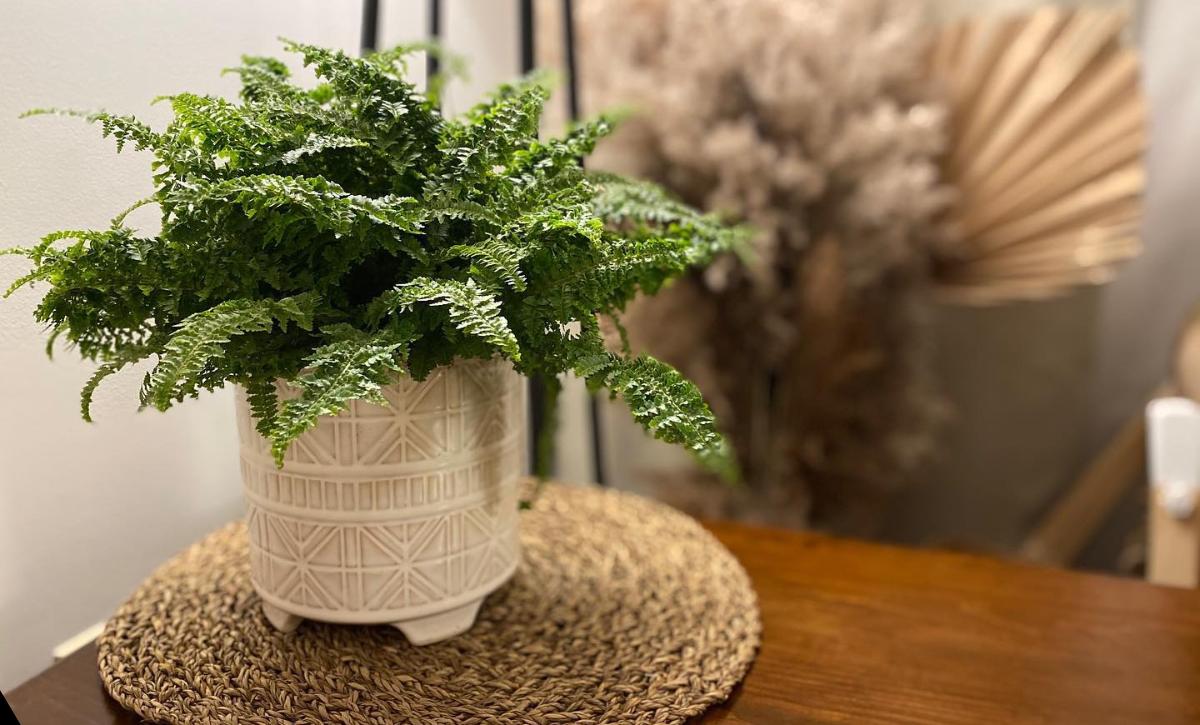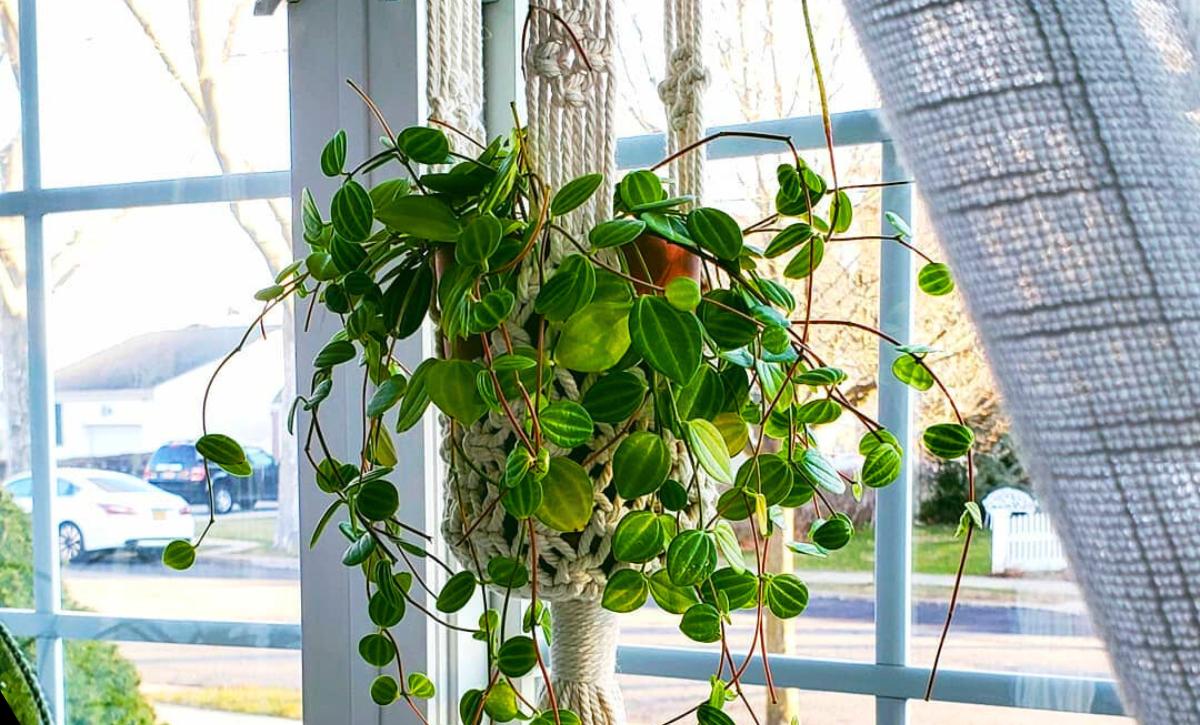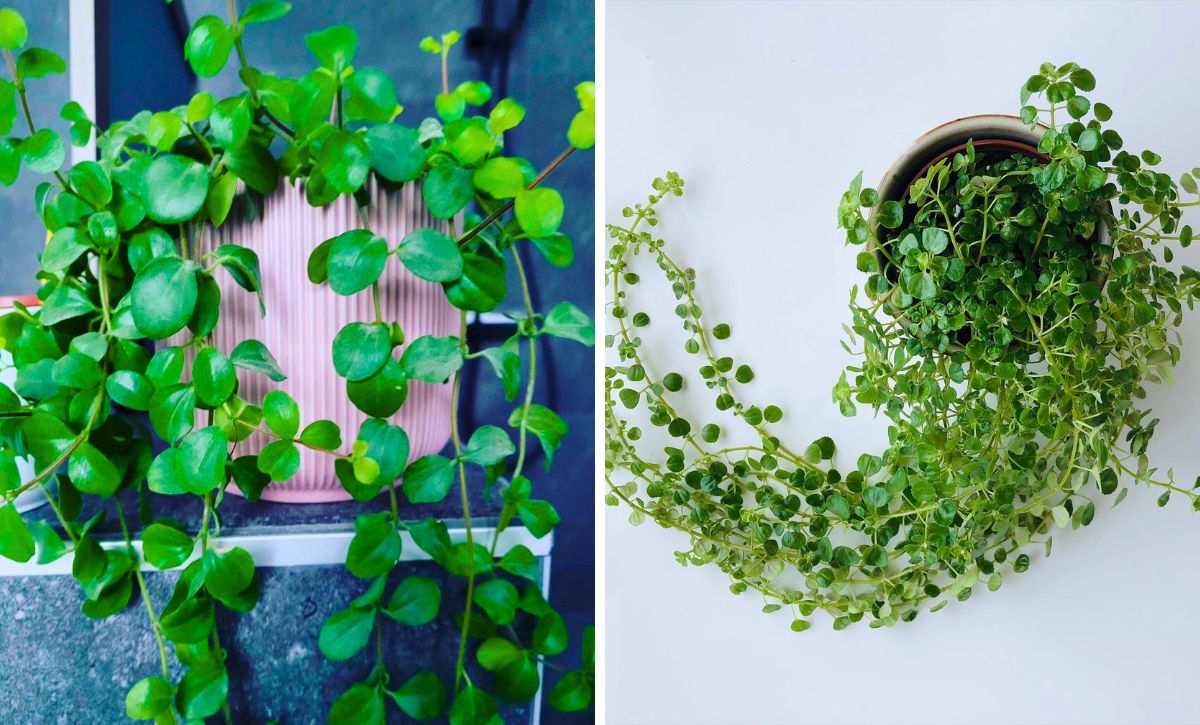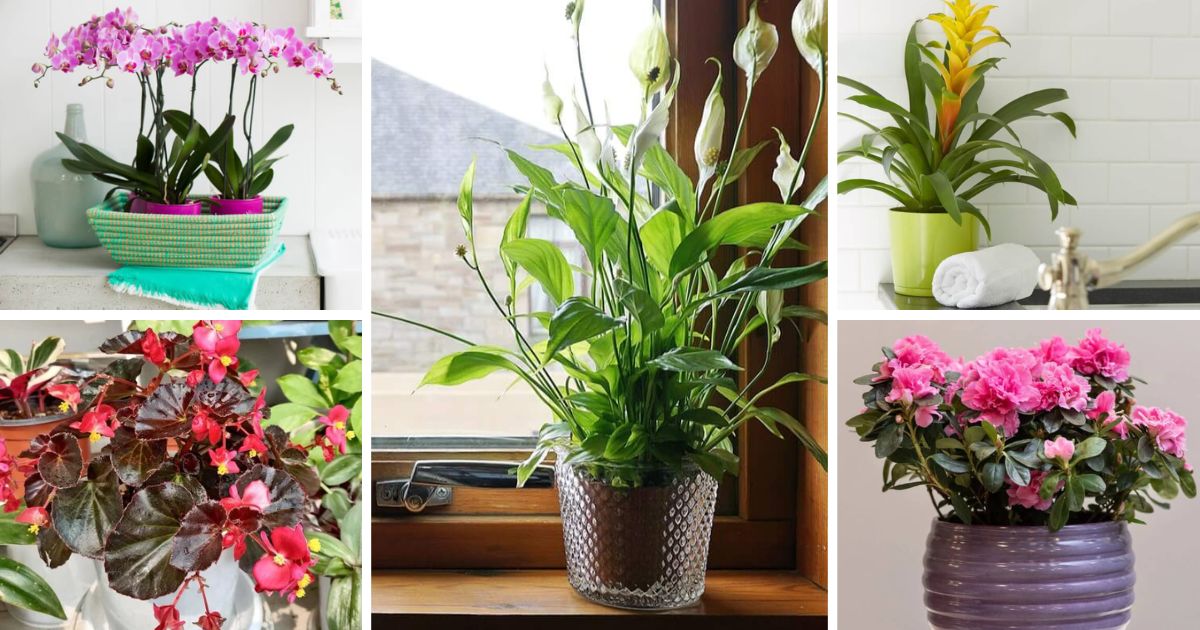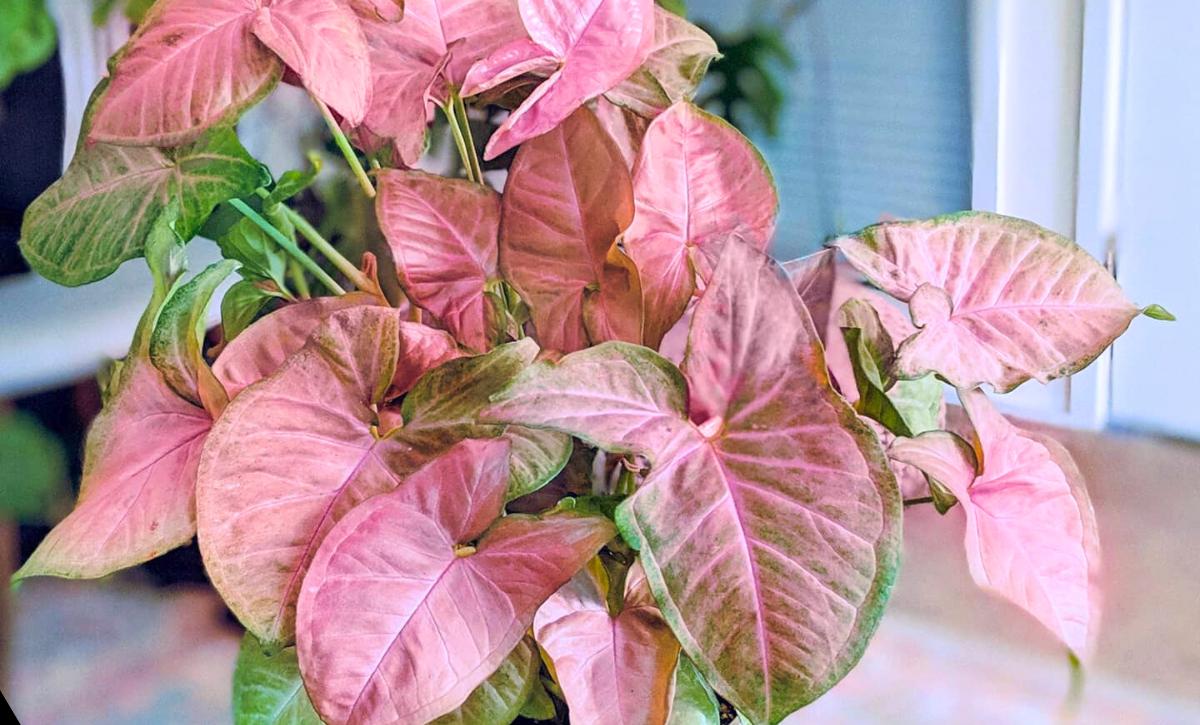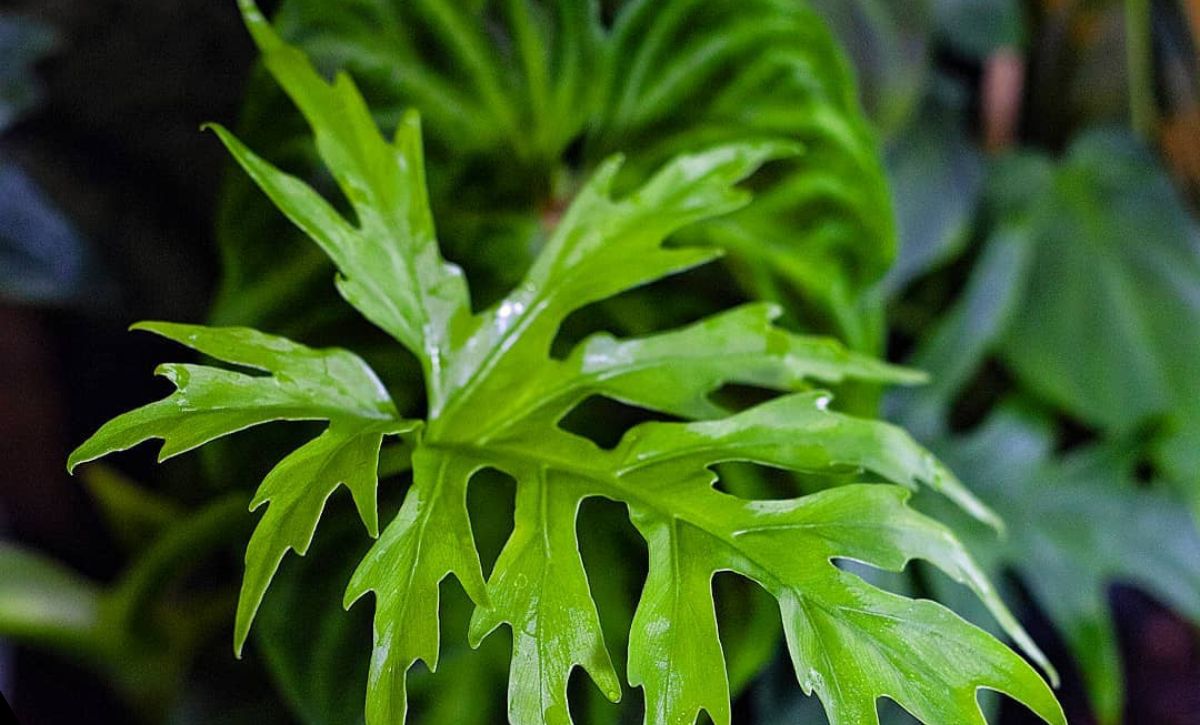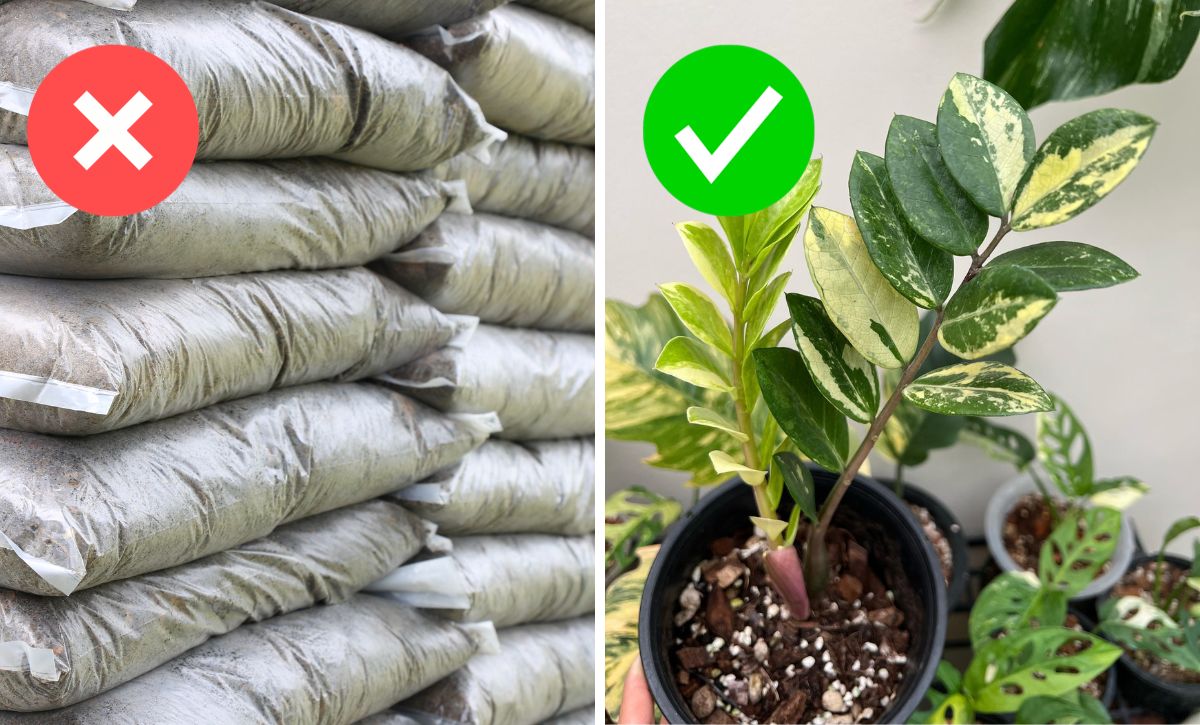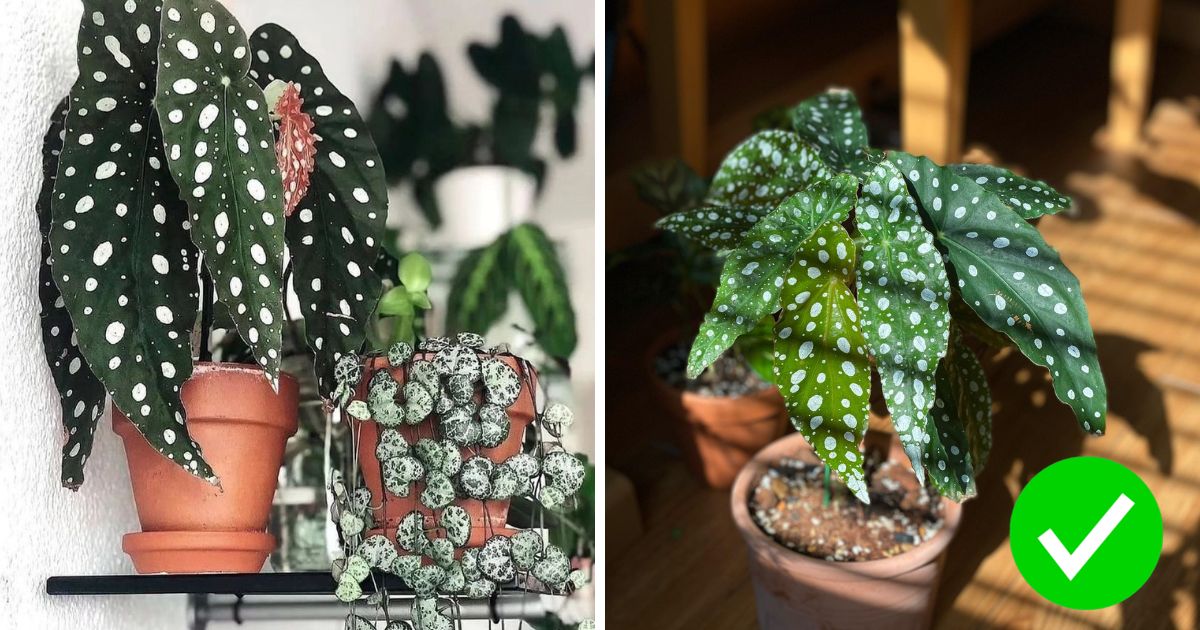You’ve probably heard of the snake plant if you grow houseplants for decoration. This plant is an excellent choice for enthusiasts and new gardeners since it requires minimal care.
Snake plants also make ideal choices for indoor plants since they can thrive under low light conditions.
Did you know that these plants act as air purifiers? At least, that’s what Nasa claims! Not only do these plants act as air purifiers, but their unique sword-shaped leaves will make for good house décor.
Even though the scientific name of this plant is Sansevieria Trifasciata, it’s known by different names in different regions, such as Saint George’s, Mother-in-law’s, or viper’s bowstring hemp.
Here is some basic information about the plant.
| Common Name: | Vipers bowstring hemp, Snake plant, St. George’s sword |
| Botanical Name: | Sansevieria trifasciata |
| Family: | Asparagaceae |
| Plant Type: | Evergreen, perennial |
| Mature Size: | Six inches to 8 feet tall |
| Soil Type: | Sandy, well-drained |
| Soil pH: | Slightly acidic to slightly alkaline |
| Sun Exposure: | Shade to partial sun |
| Flower Color: | White |
| Bloom Time: | Spring (rarely bloom) |
| Native Area: | West Africa (Tropical) |
| Hardiness Zones: | 9-11 (USDA) |
| Lineage: | Eukaryota › Viridiplantae › Streptophyta › Streptophytina › Embryophyta › Tracheophyta › Euphyllophyta › Spermatophyta › Magnoliopsida › Mesangiospermae › Liliopsida › Petrosaviidae › Asparagales › Asparagaceae › Nolinoideae › Sansevieria |
| Toxicity: | Toxic to cats and dogs |
It’s essential to understand the disadvantages of these plants if you’re looking to grow one.
The Disadvantages of Snake Plants
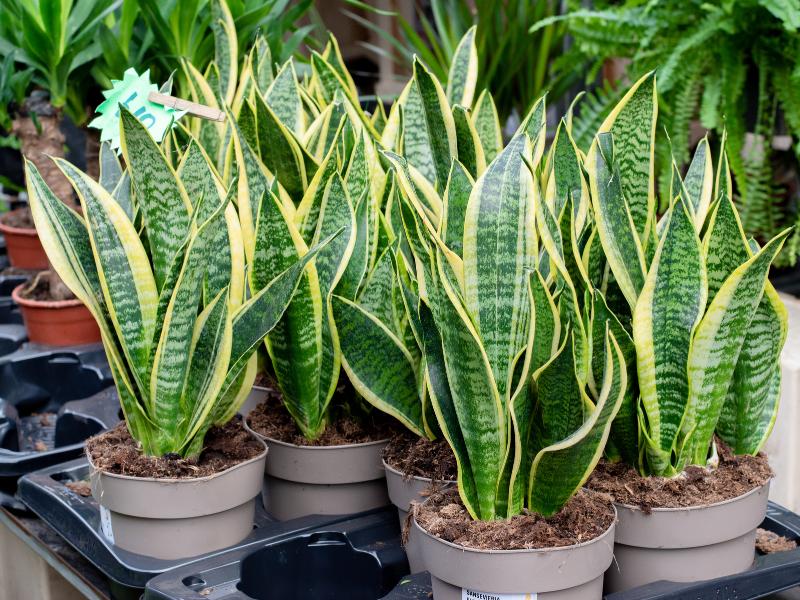
While snake plants are popular home décor plants, several disadvantages are associated with growing these low-maintenance plants. However, it’s nothing that can’t be handled. Otherwise, they wouldn’t exist in most households as they do.
Here are some disadvantages you should consider before getting a snake plant.
1. Toxicity
As the name suggests, these plants are “venomous.” Unfortunately, snake plants are toxic to both pets and humans. As such, it’s important to keep the plants away from the reach of children or pets.
The main toxic component in snake plants is the Saponin chemical. This chemical is found in all plant parts, especially flowers, rhizomes, leaves, and even roots.
Saponin causes gastrointestinal issues. It also leads to swelling and numbing of the tongue and throat. When ingested in large amounts, it can lead to nausea, vomiting, abdominal pain, and drooling. Snake plants can even be toxic to the touch! If you have sensitive skin, avoid touching the plant, which can lead to skin rash or dermatitis.
The plant is even more toxic to pets as it can lead to death.
While saponin is extremely lethal to pets, it’s vital to the plant since it repels insects and pests and acts as a natural insecticide. In some cases, the juices from the plant act as herbal remedies. However, this should only be for topical application; ingesting such a toxic plant would be ill-advised.
2. Bad Luck
Are you superstitious? If yes, then you should know that snake plants are believed to bring negative energy, bad luck, and poverty. If you aren’t, it’s likely you won’t experience any of these issues.
According to Feng shui experts, it’s not the plant that leads to bad luck, but the place that it’s placed. In this regard, the best place to keep your snake plant is on wooden elements in the southern, eastern, or southeastern corner.
When placed in these corners, the plants are believed to inspire positive energy and good luck.
It’s also believed that snake plants shouldn’t be placed in crowded places since they can project negative energy into the room.
As such, find a suitable corner to place your plant in and ensure that the area has low traffic to experience all the positive vibes!
3. Slow Growth
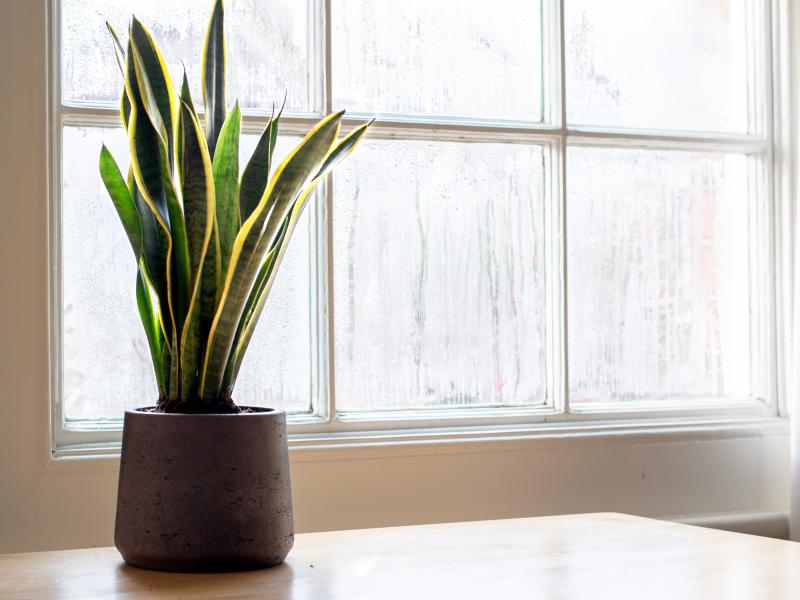
Snake plants have a slow growth rate. Even though the plant may grow as high as 6-7 feet tall, they take considerable time to reach these heights. For those planning to grow a dense garden or fast-growing houseplant, then the Saint George’s sword is not the plant for you as it requires a lot of patience.
Snake plants are often grown in small containers, especially indoor plants. This limits the extent of root growth and spread; hence it may be difficult for the plant to thrive and develop new leaves.
Propagation is also difficult for the plant since it takes a while for root formation to start.
While slow growth may not sit well with people looking for fast gardens, it’s a dream come true for those who do not like pruning.
To improve the growth rate of your snake plant, ensure it’s provided with adequate nutrients and repotted in larger pots from time to time.
4. Leaves Falling Off
The most mesmerizing and perhaps the most important feature of snake plants is their uniquely shaped and colored leaves.
So, it may be disconcerting when the plant leaves begin changing color and falling off. This should be a great cause for concern as it may be the first sign that something is seriously wrong with the plant.
There are several reasons that may cause the leaves to change color and fall off, like poor soil conditions, overwatering and insufficient exposure to light.
It’s essential to pay attention to the potting conditions of the plant. This plant should be potted in a high-quality potting mix with all nutrients essential for the plant to thrive. Ensure that you pick the right potting size.
Using an excessively huge pot could lead to the development of fungi due to the extensive breeding space. Plants in large pots are also highly susceptible to root rot due to overwatering. On the other hand, small pots may cause the plant to be bound due to insufficient space for root growth and low nutrient intake.
Overwatering is also a cause of leaf fall. When the plant is overwatered, the leaves may absorb excess water, get too heavy, and fall off. Not only does overwatering cause root rot, but it also impacts the beautiful dark green color of the plants.
The snake plant is not overly demanding when it comes to lighting conditions. However, leaving them in a dark place for too long can lead to the leaves falling off. If natural light isn’t available, providing the plant with artificial lights, such as fluorescent or incandescent, may suffice.
5. Irregular Flowering
Snake plants are famed for their decorative leaves, but their flowers can also be a sight to behold.
Varieties of this plant, like the Sansevieria cylindrica, will start flowering during the growing seasons, although blooming may be rare.
As with the plant flowers, they also exhibit slow growth, and you may have to be patient for a couple of years to discover the flowering capabilities of your plant, if at all.
6. Propagation Issues
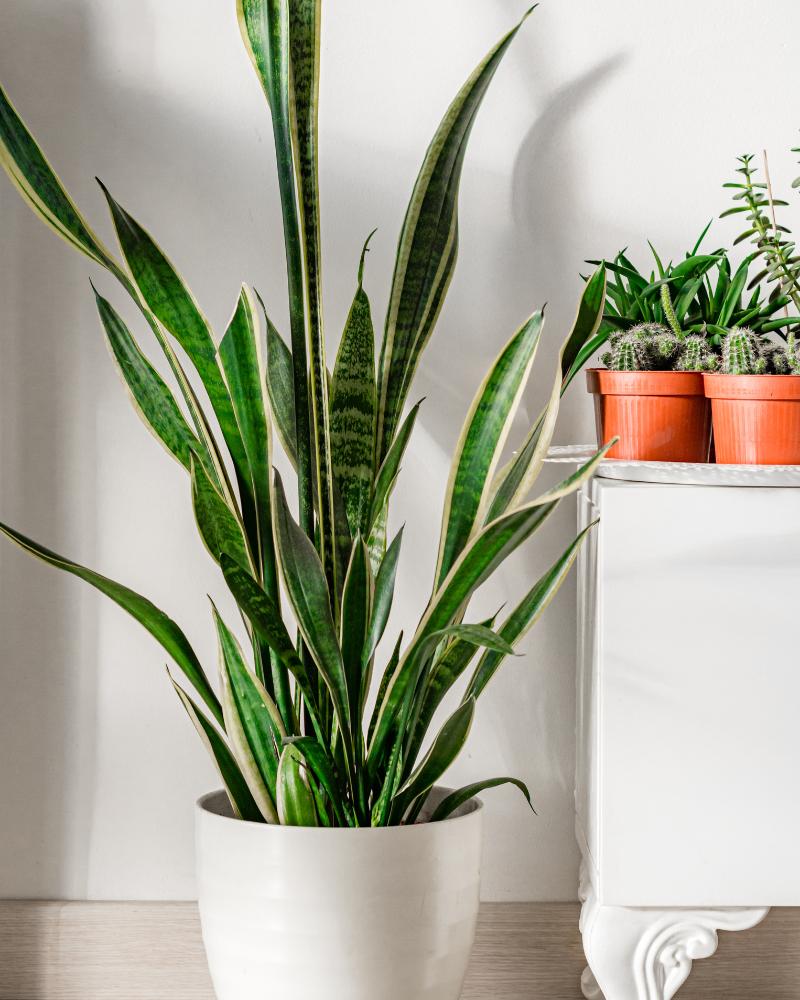
Propagation is mainly by leaf cuttings. Cutting the leaves for propagation may be quite tricky and requires expert skill. Most snake plants may get damaged if cutting isn’t done correctly.
Propagating this plant in water has a high risk of root rot. As such, it’s crucial to understand how propagation should be done correctly if you’re interested in propagating.
7. Temperature Requirements
Since they originate from tropical conditions, snake plants will thrive in wet and hot climates.
Even though the plant can tolerate cold conditions, keeping them in the cold for too long will impair their growth. Hence, they should be sheltered during the winter.
The ideal temperature for growing snake plants is between 55-to-85℉ daytime and 50-to-75℉ at night.
Higher temperatures than that can lead to wrinkly leaves and the formation of brown rings on the leaves. Extremely low temperatures will damage the plant, especially if it’s growing in soggy soil.
8. Overwatering
One of the primary reasons that snake plants are considered low maintenance is that they don’t require much watering and can tolerate fairly drought conditions. Although these plants require less water than other houseplants, extremely infrequent watering can spell disaster.
Soggy soil is one of the factors which can lead to overwatering due to poor drainage. If the plant is experiencing poor drainage, you will notice yellow and droopy leaves.
At this point, the watering schedule should be changed. Continuing with the same schedule will cause the roots to be so mushy to the point that the plant can’t be saved.
Determining how much water the plant needs can be challenging as this will depend on several factors, such as humidity, temperature, light conditions, and climate. This watering is one of the key disadvantages of snake plants.
9. Prone to Pests and Fungi
Lastly, snake plants can also be susceptible to fungal diseases.
These plants will rarely attract insects as they have a natural insect repellent. However, the plant can be attacked by fungi such as southern blight and red leaf spot.
The Benefits of Snake Plants
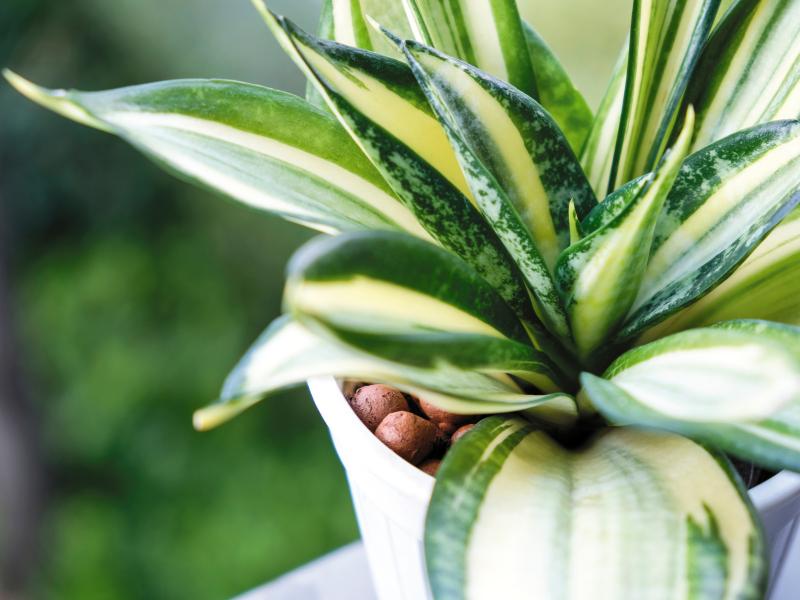
You didn’t think growing snake plants was all a downhill ride, did you? Of course not! There are several benefits of growing snake plants, such as air purifying, that we discussed earlier.
Here is a detailed look at the different benefits of growing snake plants.
1. Removing Air Pollutants
Snake plants can tremendously improve indoor air quality, but what pollutants exactly does the plant eliminate from the air?
The following are the pollutants that the plant removes from the air (some are cancer-causing chemicals).
- Toluene
- Xylene
- Trichloroethylene
- Benzene
- Carbon dioxide
- Formaldehyde
Toluene: This chemical is found in plastics, paints, gasoline, and cosmetics. Studies show that toluene can impact your nervous system, mental health and cause different abnormalities and dysfunctions. It can also cause developmental issues in children if their mothers are exposed to high amounts of the chemical.
Trichloroethylene: This compound is commonly found in dyes, adhesives, paints, printing inks, and varnishes. It may cause headaches and nausea due to respiratory tract irritation.
Benzene: This is one of the most common chemicals, and it can be found in air conditioners, cigarette smoke, heating systems, and paints. Benzene can be found almost anywhere. Exposure to this chemical can lead to vomiting, nausea, and headaches. Increased exposure to Benzene can lead to the mutation of blood cells and cancer development. Snake plants, such as the mother-in-law’s tongue, can absorb up to 50% of Benzene.
Carbon dioxide: Well, this gas needs no introduction; it’s what we all breathe out. This can consequently build up when in small spaces like offices and classrooms. High levels of carbon dioxide can impact a person’s ability to learn and cause fatigue and nausea. But with a snake plant in the vicinity, it can absorb this gas and improve our well-being.
Formaldehyde: This is another common chemical. It’s present in fuels, cosmetics, paints, new furniture, cosmetics, smoke, etc. Formaldehyde causes throat, eye, and nose irritation, leading to breathing problems.
2. Herbal Remedies
Even though it’s known that this plant is toxic, it can also be used as a herbal remedy, according to botany experts. Studies have shown that the extracts from the plant have analgesic and antipyretic effects, which may be crucial in the following:
- Improving the immune system
- Headache relief
- Removing parasites
- Healing skin scars, wounds, and burns
- Reducing inflammation
- Maintaining a normal blood pressure
Snake plant extracts should never be ingested and only used as applicants on your body. Ensure that you consult with your doctor before using any herbal remedy.
Even though the saponin compound may be found in diuretic, choleretic, and laxative drugs, ingesting the chemical in large amounts can lead to serious health issues.
3. Natural Air Filter
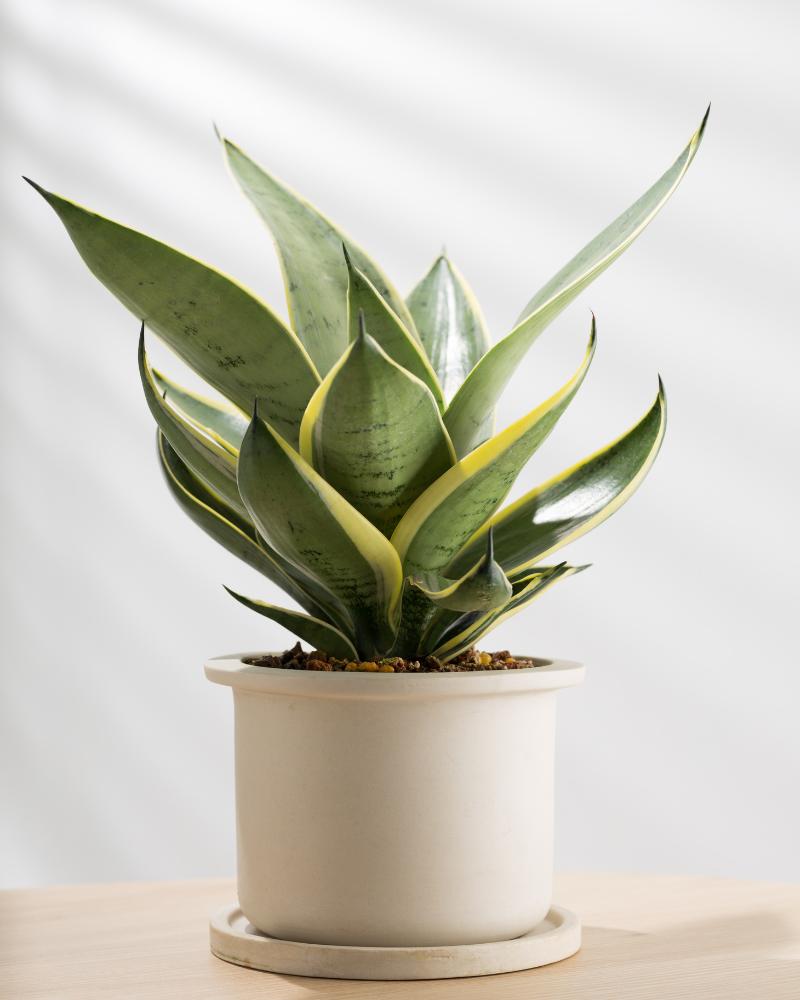
This feature in plants called Crassulacean acid metabolism (CAM) allows the plant to photosynthesize at night. By absorbing carbon dioxide and releasing oxygen, the plant acts as a natural air filter.
Like many succulents, the snake plant also performs CAM.
Even though this can’t be seen, this plant definitely improves air quality. It reduces carbon dioxide levels that build up in a room at night.
4. Feng Shui
Snake plants are common in Feng Shui. As per Vastu, these plants have the ability to absorb negative energies and inspire joyfulness and positive energies.
The beautiful swordlike leaves aren’t only aesthetically pleasing but can also protect a place from negative Chi.
One of the most important things to consider in feng shui is the positional element. To attain these benefits of the plant, ensure that it’s placed in the southern, eastern, or southeastern corner of the house.
Also, ensure the room isn’t crowded (Snake plants are shy!).
5. Allergies
With the ability to extract toxins from the air, snake plants also possess a unique capability of reducing allergy compounds such as dust, dander, spores, etc.
By producing oxygen, the plant improves air quality which has a significant impact on reducing airborne allergies. Air quality is linked to better health, especially concerning airborne allergens.
So, save yourself some money and invest in snake plants rather than an air purifier!
6. Ornamental Purposes
Even without accounting for the other numerous benefits of snake plants, their unique leaves and appearances should make you fall in love with the plant.
The sword-shaped dark green leaves are an immediate attraction adding to the fact that the color of the leaves may change to incorporate a yellow hue on the edges; this gives the leaves a unique golden frame to go with the already unique green sword-shaped leaves.
What’s more, the leaves can become variegated, adding to the overall aesthetic of the plant.
7. Low maintenance
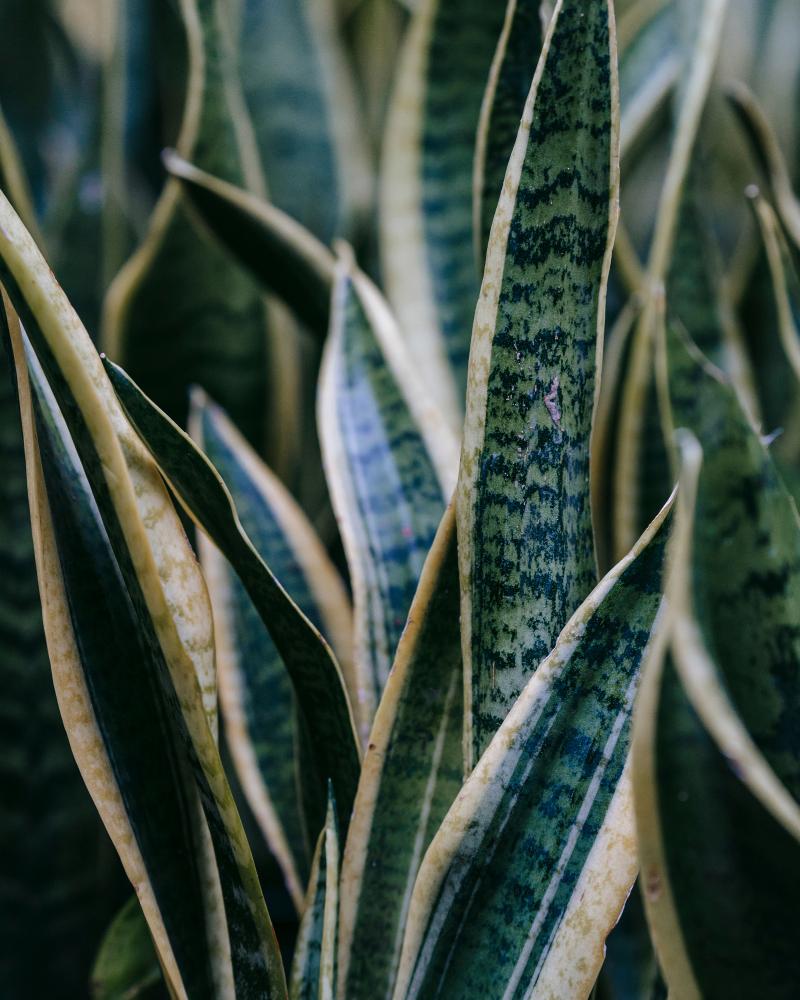
Having a low-maintenance house plant can be liberating, and this is what the snake plant offers.
The plant can survive extremely harsh conditions with little to no light or water.
For busy plant lovers and gardening beginners, this is the go-to plant.
Now that you understand this plant’s different benefits let’s look at the care guide for snake plants.
Water Requirements
Snake plants are relatively drought-tolerant and can go for a long time without water. Forgetting to water the plant when growing snake plants shouldn’t cause panic.
However, this isn’t to say that the plants can go without water entirely. The plant should be watered once every two weeks during the hot summer. During colder periods, the watering can be reduced to once every six weeks.
Be careful when watering the plant as the chances of overwatering are high due to the water needlessness of the plant. And if the plant dies, so does the air purifier, herbal remedy, and positive energy!
Light Requirements
Again, the snake plant has very minimal light requirements due to its high degree of versatility.
While the plant can grow well in full sun, it prefers low light or shady areas, perfect for a house’s corners.
However, it’s important to note that exposure to direct sunlight for prolonged periods will cause leaf burn on the plant.
Soil Requirements
This plant prefers soil with a pH of 5.5 to 7. You can grow snake plants either indoors or outdoors as long it’s under suitable soil conditions.
Any cactus or succulent potting mix will work well with a snake plant cultivar.
Pruning and Fertilizer
Needless to say, snake plants are slow growers. As such, the plant doesn’t need frequent fertilizing or pruning. Fertilizing the plant once a year would suffice. Using a universal fertilizer is recommended since it provides numerous nutrients for the plant throughout the year.
Commonly Asked Questions
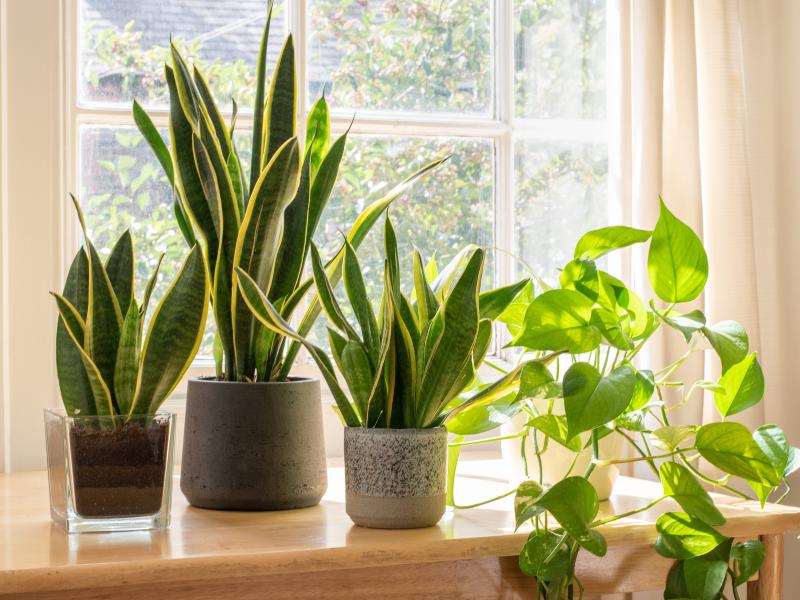
1. Is growing a snake plant bad for a home?
The benefits of growing this plant outweigh the disadvantages. Considering it can improve air quality through air purification, has applications as an herbal remedy, and has decorative properties, the snake plant is well-suited for your home.
While some believe the plant brings bad luck, Feng shui experts believe this is entirely the opposite, especially when placed in the right place.
2. What are the different types of snake plants?
There are about 70 different species under the Sansevieria genus.
The disparity in the plants is in terms of the leaves and the height that the plant grows to. Here are the most common snake plant species:
- Sansevieria Trifasciata of Mother-in-law’s Tongue — Has spiky dark green leaves and grows to about 3 feet.
- Sansevieria Laurentii — The leaves grow in a zig-zag pattern and are dark green with yellow borders. The plant grows to about 30 inches tall.
- Sansevieria Hahnii or Bird’s Nest snake plant — A dwarf cultivar of the snake plant. It grows in clusters and resembles a bird’s nest.
- Sansevieria Cylindrica ‘Boncel’ — A unique variety of snake plants with leaves shaped like a queen’s crown! Would you believe it?
- Sansevieria ‘Black gold’ — One of the most sought-after cultivars of the plant with deep green leaves and yellow stripes on the edges, hence the name.
- Sansevieria Pearsonii or Rhino grass — Grows in clumps of straight leaves.
- White snake plant or Sansevieria trifasciata “Bantel’s Sensation” — As the name suggests, this plant features large prominent leaves with white stripes.
3. What can snake plants do for you?
The main toxin in snake plants is saponin. This chemical can cause vomiting, nausea, and swelling of the throat and tongue when ingested in large amounts.
These plants can also be used as a herbal remedy to heal wounds and scars but should only be applied to the exterior part of your body.
Snake plants can also improve your overall health through air purification and reduce allergies by absorbing airborne allergens.
And, of course, the plant can improve the beauty of your home and attract positive energy!
4. How often should you water your snake plants?
In the hot summer seasons, the plants should be watered once every two weeks. In wintertime, the watering can be reduced to once every 6 weeks. Since the plants are fairly drought-tolerant, they’ll do fine without water.
It’s important to note that the plants are very prone to overwatering, so be mindful of your watering habits.

Final Thoughts
With all the disadvantages and advantages of snake plants discussed, it’s now decision time. Should you buy the snake plant or not?
If you want a natural air purifier, herbal remedy, and an allergen protector, then you should go for it. And why not? This plant will improve the beauty of your home and attract positive energy.
While it’s true that the plant can be poisonous, it shouldn’t be so difficult to keep out of reach of children and pets. A shelf will do the trick.
Other disadvantages shouldn’t be a major cause for concern as they can be dealt with quickly.
So, indulge in this unique Asparagaceae for now. And remember, not all snakes are bad, especially if they are in plant form!

